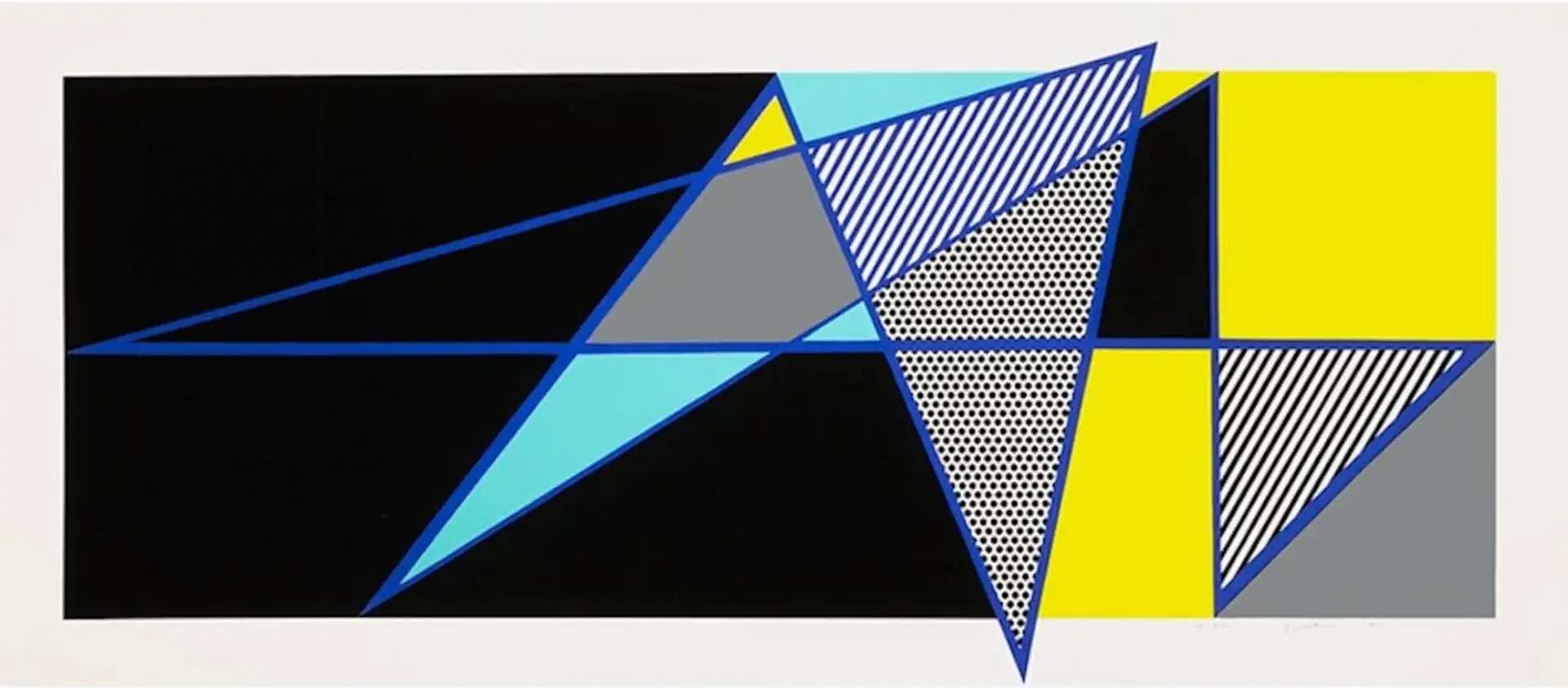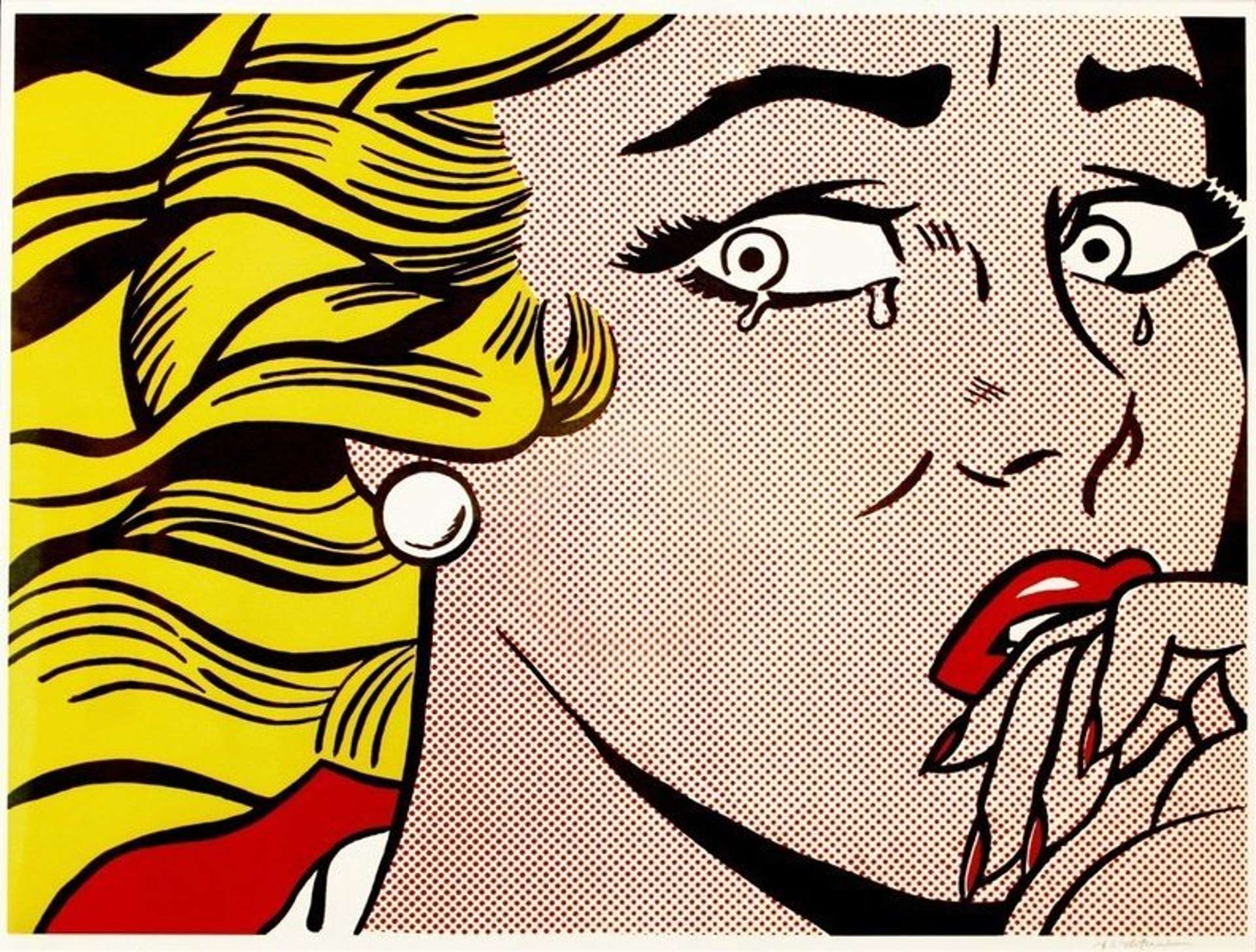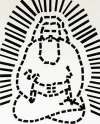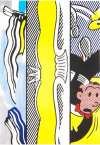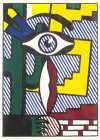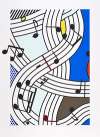Perfect/Imperfect
Roy Lichtenstein's Perfect and Imperfect series, begun in the 80s, both feature abstract geometrics, intersecting lines, bold colours, stripes and Ben Day dots. In a nod to their respective titles: Perfect prints fit geometrical composition neatly within rectangular picture plane, while Imperfect works break the rectangular framing and protrude through its borders.
Roy Lichtenstein Perfect/Imperfect for sale
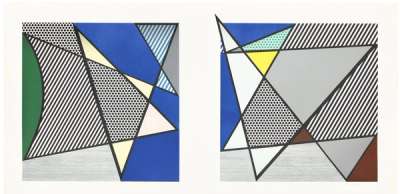
£29,000-£45,000
$60,000-$90,000 Value Indicator
$50,000-$80,000 Value Indicator
¥260,000-¥410,000 Value Indicator
€35,000-€50,000 Value Indicator
$290,000-$450,000 Value Indicator
¥5,540,000-¥8,590,000 Value Indicator
$35,000-$60,000 Value Indicator
TradingFloor

£40,000-£60,000
$80,000-$120,000 Value Indicator
$70,000-$100,000 Value Indicator
¥370,000-¥550,000 Value Indicator
€45,000-€70,000 Value Indicator
$400,000-$600,000 Value Indicator
¥7,640,000-¥11,460,000 Value Indicator
$50,000-$80,000 Value Indicator
TradingFloor
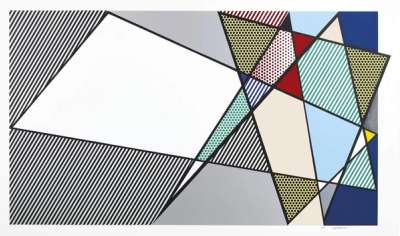
£40,000-£60,000
$80,000-$120,000 Value Indicator
$70,000-$100,000 Value Indicator
¥370,000-¥550,000 Value Indicator
€45,000-€70,000 Value Indicator
$400,000-$600,000 Value Indicator
¥7,600,000-¥11,400,000 Value Indicator
$50,000-$80,000 Value Indicator
TradingFloor
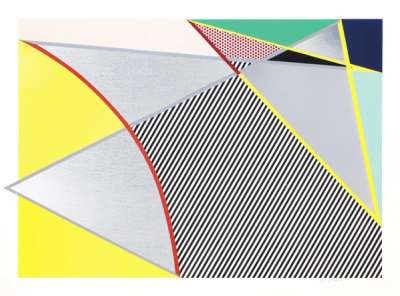
£21,000-£30,000
$40,000-$60,000 Value Indicator
$35,000-$50,000 Value Indicator
¥190,000-¥270,000 Value Indicator
€25,000-€35,000 Value Indicator
$210,000-$300,000 Value Indicator
¥4,000,000-¥5,720,000 Value Indicator
$27,000-$40,000 Value Indicator
TradingFloor
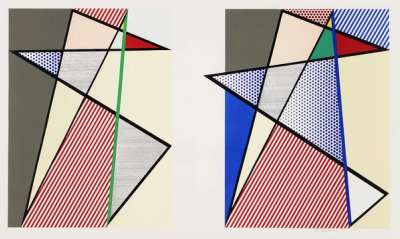
£27,000-£40,000
$50,000-$80,000 Value Indicator
$45,000-$70,000 Value Indicator
¥250,000-¥360,000 Value Indicator
€30,000-€45,000 Value Indicator
$270,000-$400,000 Value Indicator
¥5,150,000-¥7,620,000 Value Indicator
$35,000-$50,000 Value Indicator
TradingFloor

£35,000-£50,000
$70,000-$100,000 Value Indicator
$60,000-$90,000 Value Indicator
¥320,000-¥460,000 Value Indicator
€40,000-€60,000 Value Indicator
$350,000-$500,000 Value Indicator
¥6,650,000-¥9,500,000 Value Indicator
$45,000-$60,000 Value Indicator

£15,000-£22,000
$29,000-$45,000 Value Indicator
$26,000-$35,000 Value Indicator
¥140,000-¥200,000 Value Indicator
€18,000-€26,000 Value Indicator
$150,000-$220,000 Value Indicator
¥2,850,000-¥4,190,000 Value Indicator
$19,000-$28,000 Value Indicator
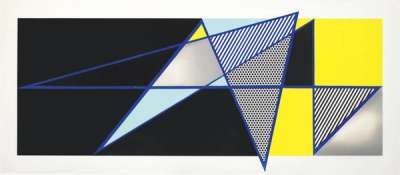
£40,000-£60,000
$80,000-$120,000 Value Indicator
$70,000-$100,000 Value Indicator
¥370,000-¥550,000 Value Indicator
€45,000-€70,000 Value Indicator
$400,000-$600,000 Value Indicator
¥7,600,000-¥11,400,000 Value Indicator
$50,000-$80,000 Value Indicator
Sell Your Art
with Us
with Us
Join Our Network of Collectors. Buy, Sell and Track Demand
Meaning & Analysis
Started in the 1980s, Lichtenstein’s related series: Perfect and Imperfect, seek to reshape commercial visuals into compositions of pure abstraction. His artistic style was first recognised for mimicking comic strips and advertising images in the 1960s. Although Lichtenstein’s artworks looked industrially made at first glance, his series of paintings and prints were actually achieved manually. The artist’s efforts paved the way for a new generation of artists emerging in the 1980s, who decided to delve deeper into the means of appropriation.
Lichtenstein’s image-making extended in numerous directions over the course of his career. His clean-cut graphics also re-imagined various art historical sources in his own creative voice. He initiated countless dialogues with artistic genres of the past, invigorating the historical iconography through contemporary forms.
Lichtenstein explored Cubism, Abstract Expressionism and Minimalism among other movements. He was particularly interested in the artistic heritage imparted by modern masters. The artist continued taunting and undermining the idolised and excluding sphere of fine art until his passing in 1997.
Starting in the early 1980s and engaging the subject matter well into the 1990s, Lichtenstein developed two related series titled Perfect and Imperfect. In both sequences, he sought to subtly reshape commercial visuals into compositions of pure abstraction. The prints in the two series manifest a stunning search for geometrical precision, demonstrating Lichtenstein’s diverse range of technical and formal competencies.
Both the Perfect and the Imperfect works exhibit intersecting triangles, large planes of colour and Lichtenstein’s signature Ben Day dots and stripes. The artist first explored his Perfect prints, fitting his geometrical composition neatly within the confines of a rectangular picture plane. Contrastingly, the Imperfect works next in line sabotaged the framework imprisoning their predecessors. Instead of making the triangles fit, the shapes miss the edge, project beyond it, puncture it, stab and poke at it and protrude through its borders.

